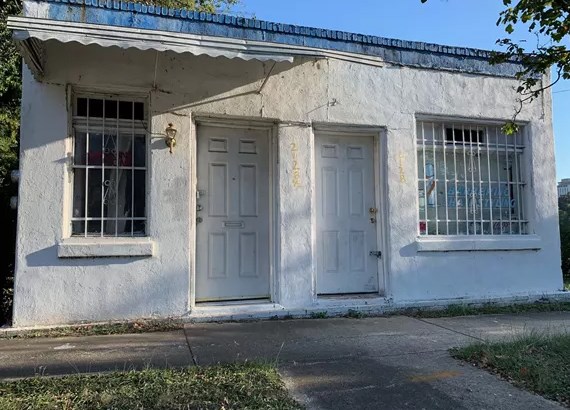
Photograph courtesy of South Carolina State Historic Preservation Office
Holman's Barber Shop
South Carolina, Reference number: 100006884
Area of significance: Social History, Ethnic Heritage: Black
Period of Significance: 1945-1975
Holman’s Barber Shop is significant for its representation of both Black barber shops’ and beauty salons’ important functions within African American communities, and for its connection with Columbia’s segregation history. It is one of the only mid-century Black-owned barber shops in Columbia known to still stand Holman’s provided Black Columbians and other African Americans with an alternative public space where patrons could meet, freely converse, and receive quality, convenient service without fear of the harassment and degradation that often awaited them in the white-controlled spaces of mid-century Columbia, South Carolina.
Link to file
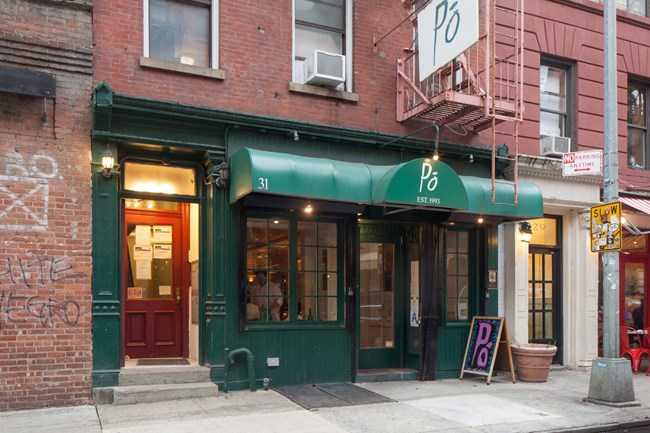
Photograph courtesy of New York State Historic Preservation Office
Caffe Cino
New York, Reference number: 100001802
Area of Significance: Social History, Performing Arts
Period of Significance: 1958-1968
“The Cino,” located in a ground-floor commercial space at 31 Cornelia Street in Greenwich Village from December 1958 to March 1968, was operated by Joe Cino (1931-1967), a gay man of Sicilian heritage. This property was significant as the first venue of importance to continuously stage off-off-Broadway theater, then a newly emerging movement, and for its role in the development of gay theater and support of gay playwrights at a time when depicting homosexuality on stage was illegal. This nomination was supported by an NPS under-represented communities grant.
Link to file
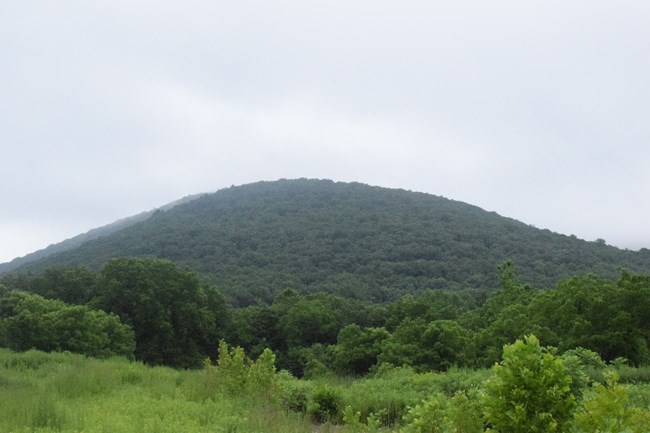
Photograph courtesy of Pennsylvania State Historic Preservation Office
Hawk Mountain Sanctuary District
Pennsylvania, Reference number: 100007555
Area of Significance: Conservation, Social History
Period of Significance: 1934-1987
Link to file
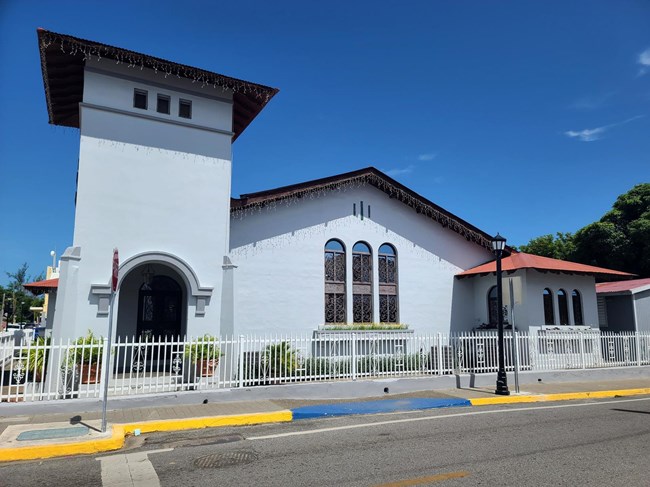
Photograph by Juan Llanes Santos, courtesy or Puerto Rico Historic Preservation Office
Iglesia Cristiana
Puerto Rico, Reference number: 100010834
Area of Significance: Architecture, Social History
Period of Significance: 1922-1923
Completed in 1923, Iglesia Cristiana is significant in Social History for its role in the “Americanization” of Puerto Rico. When ruled under the Spanish flag, Puerto Rico was Catholic. The Catholic Church and the government were equal partners in administering the island. Churches and government buildings stood side-by-side on each town’s public square. After the US took over control of Puerto Rico, Protestant denominations sought to establish missions across the island. The Church of Christ established a mission in the town of Santa Isabel, eventually growing its membership enough to warrant a new, modern, Mission Revival style church building on the public square, where it joined the Catholic church and the town hall.
Link to file
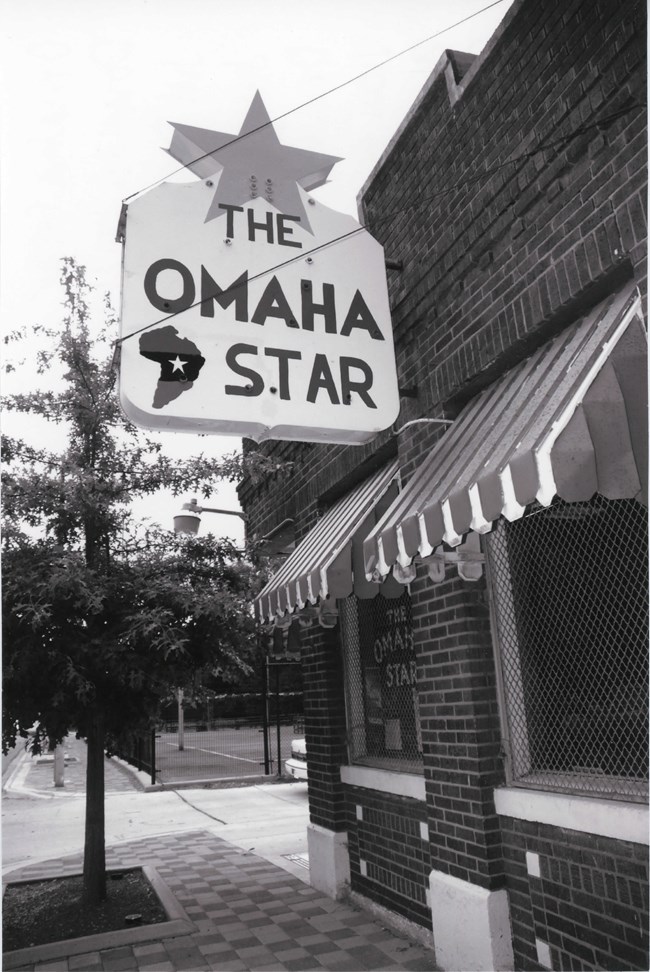
Photograph courtesy of Nebraska State Historic Preservation Office
Omaha Star
Nebraska, Reference number: 07001322
Area of Significance: Ethnic Heritage: Black, Social History, Communications
Period of Significance: 1940-1947
The nomination presents a case of significance for ethnic heritage and social history (and likely Women’s History as a subcategory) for the building that housed the most influential Black newspapers in the state. The nomination also identifies, under Criterion B, the significance of Mildred Brown, the long-time publisher. As a Black woman, her leadership was unusual at that time, and important.
Link to file
Last updated: February 14, 2025
